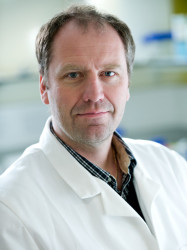BibTex format
@article{Hautala:2020:10.1038/s41374-020-0411-x,
author = {Hautala, LC and Pang, P-C and Antonopoulos, A and Pasanen, A and Lee, C-L and Chiu, PCN and Yeung, WSB and Loukovaara, M and Butzow, R and Haslam, SM and Dell, A and Koistinen, H},
doi = {10.1038/s41374-020-0411-x},
journal = {Laboratory Investigation},
pages = {1014--1025},
title = {Altered glycosylation of glycodelin in endometrial carcinoma},
url = {http://dx.doi.org/10.1038/s41374-020-0411-x},
volume = {100},
year = {2020}
}

